As part of our ongoing work in the ALLEGRO project, we conducted a comprehensive simulation study using Telefónica’s regional topologies (domains A–E)—each comprising 30 nodes.
🔗 Key setup highlights:
- 6 nodes per domain were linked to the national ultra-high-speed backbone, designated as preferred roots for P2MP connectivity.
- While P2MP root transponders were eligible on all regional nodes, priority was given to the designated roots to minimize costly P2P connections.
- Each regional node connected to a horseshoe topology with 10 leaves, requesting service channels (SCs) uniformly across varying loads (10, 20, 30 SCs).
📶 Simulation parameters:
- SCs per transponder: {4, 8, 16, 32}, each SC delivering 25 Gb/s using 16-QAM.
- Transponder cost scaling: As capacity quadruples, cost increases non-linearly—{1, 1.5, 2, 3} arbitrary units.
- P2P vs. P2MP trade-off: Equal-rate P2P transponders were modeled at 30% lower cost than P2MP options—a conservative yet industry-aligned estimate [SKO21].
🎯 This evaluation provides valuable insights into how resource allocation, traffic engineering, and cost-performance trade-offs behave under real-world operator topologies.
More to come as we continue optimizing for scalable, efficient, and cost-aware optical architectures in next-gen transport networks.
#ALLEGROProject #TelecomNetworks #P2MP #OpticalNetworking #Simulation #Telefónica #NetworkOptimization #EUResearch #GreenICT #16QAM #NextGenNetworks

